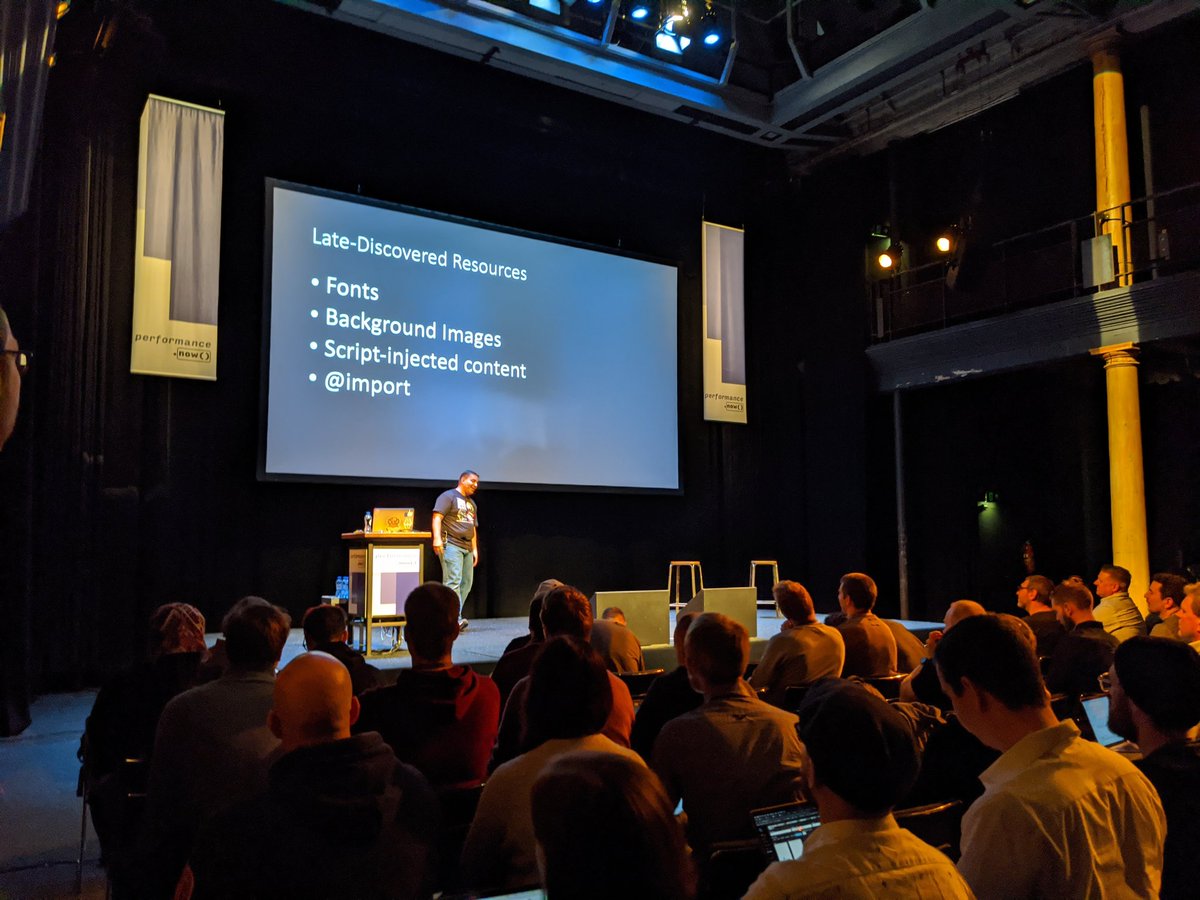How to test for H2 prioritization issues with @usingwpt 

Patrick Meenan and the Waterfalls of Doom #perfmatters 







Check out @tunetheweb's HTTP/2 chapter in the Web Almanac for a comprehensive look at the state of the web
https://mobile.twitter.com/tunetheweb/status/1197823134096908294
These slides brought to you by @patmeenan's WebPageTest School of Design: "all skills, no frills"
We love you Pat 😁


We love you Pat 😁



• • •
Missing some Tweet in this thread? You can try to
force a refresh
















